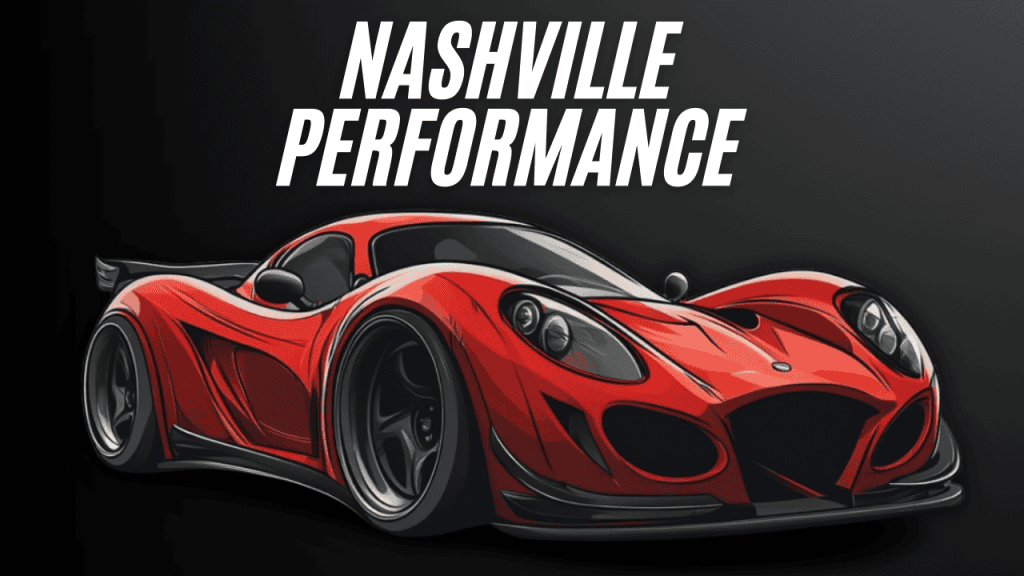Table of Contents
Aerodynamics in Electric Vehicles: Essential for Performance and Efficiency
In the realm of electric vehicles (EVs), aerodynamics is a cornerstone of design and functionality. Unlike traditional vehicles, where aerodynamics primarily influences speed, EVs rely on efficient airflow management to conserve energy, extend battery life, and improve overall performance. This article explores how aerodynamic advancements contribute to the efficiency and practicality of modern EVs.
The Importance of Aerodynamics in EVs
Electric vehicles are highly dependent on aerodynamics to maximize their energy efficiency. By reducing air resistance, EVs require less power to maintain speed, directly impacting their range and performance.
Key Benefits
- Reducing Drag: Aerodynamic designs with sleek body shapes and smooth surfaces minimize air resistance.
- Energy Efficiency: Less drag translates to improved battery efficiency, allowing EVs to travel farther on a single charge.
For an in-depth look at how front-end aerodynamic features contribute to performance, explore Exploring the Front Splitter Advantages in Automotive Aerodynamics.
Aerodynamic Features in EVs
Front Splitters
- Function: Redirects air around the sides and underneath the vehicle to reduce lift and enhance stability.
- Impact on EVs: Maintains stable airflow, crucial for conserving battery power.
Side Skirts
- Role: Streamline airflow along the sides of the vehicle, reducing turbulence and drag.
- Benefits: Smoother ride quality and extended battery life.
For additional insights, read Impact of Side Skirts: Essential Aerodynamic Enhancements.
Underbody Panels
- Purpose: Smooth out airflow beneath the vehicle, eliminating air pockets that cause drag.
- Advantages: Enhances efficiency and range, a critical factor for EVs.
Learn more about the benefits in The Surprising Benefits of Underbody Panels in Car Aerodynamics.
Diffusers
- Function: Accelerates air at the rear of the vehicle, reducing pressure and drag.
- Impact: Improves vehicle stability and energy efficiency.
Explore their design and functionality in Diffuser Design and Function: Unlocking Aerodynamic Enhancements for Cars.
Vortex Generators
- Role: Manage air vortices to reduce drag and optimize airflow.
- Significance: Helps achieve a balance of performance and efficiency in EVs.
Discover their revolutionary use in Vortex Generators Usage: Revolutionizing Aerodynamics in Automobiles.
Design Evolution in EVs
As the demand for EVs grows, manufacturers are focusing on innovative designs to optimize aerodynamics. Every design element is scrutinized to reduce air resistance and enhance energy efficiency.
Key Design Features
- Streamlined Shapes: EVs often have rounded, sleek exteriors that allow air to flow smoothly over the body.
- Specialized Features: Innovations like retractable door handles, flush-mounted glass, and covered underbodies further reduce drag.
For a broader perspective on how aerodynamic design impacts efficiency, see Aerodynamics for Fuel Efficiency: Harnessing the Power of Airflow in Automotive Design.
Q&A: Aerodynamics in Electric Vehicles
| Question | Answer |
|---|---|
| What is the primary purpose of aerodynamics in EVs? | To reduce air resistance, enhance energy efficiency, and extend driving range. |
| How do front splitters benefit EVs? | They redirect airflow around the sides and under the vehicle, reducing lift and increasing stability, which is essential for maintaining energy efficiency. |
| Why are side skirts important for EVs? | They streamline airflow along the sides of the vehicle, reducing turbulence and drag for smoother driving and longer battery life. |
| What role do underbody panels play in EVs? | Underbody panels smooth airflow underneath the vehicle, eliminating drag-causing air pockets and increasing efficiency and range. |
| How do diffusers affect EV aerodynamics? | Diffusers accelerate air at the vehicle’s rear, reducing pressure and drag, thereby improving stability and efficiency. |
| What are vortex generators and their significance? | These components manage air vortices to minimize drag and optimize airflow, achieving aerodynamic balance in EVs. |
| How is EV design evolving to improve aerodynamics? | EVs are adopting streamlined shapes and features like retractable handles and flush-mounted glass to reduce air resistance. |
| Can improved aerodynamics directly impact battery life? | Yes, reduced drag leads to less energy consumption, allowing EVs to travel farther on a single charge. |
Conclusion
Aerodynamics in electric vehicles goes beyond enhancing speed—it’s integral to their range, energy efficiency, and overall performance. As EV technology continues to evolve, the focus on aerodynamics will play a critical role in shaping the future of automotive design. By reducing drag and optimizing airflow, manufacturers are ensuring that EVs remain practical, efficient, and environmentally friendly for years to come.
Additional Resources
Check out the best performance car gear available on the market.
